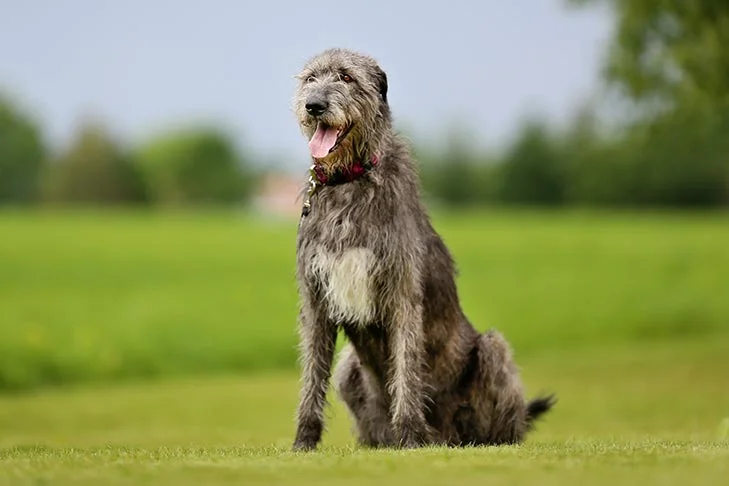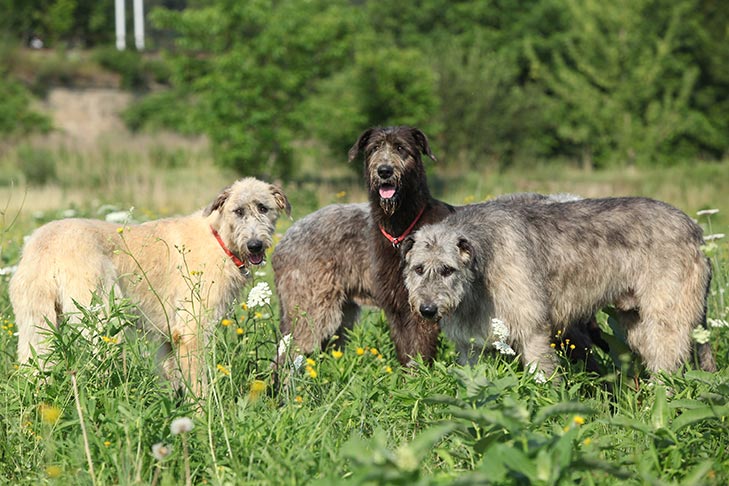Wolfhounds, formerly fearsome big-game hunters capable of eliminating a wolf in a single fight, are now the most calm and pleasant of companions. The friendly Irish Wolfhound is a large, powerful dog with gracefully constructed classic Greyhound lines that can gallop quickly. A male might be up to 180 pounds and about 3 feet tall at the shoulders. Despite running less vigorously, female hounds are nonetheless very powerful. The stiff, coarse coat is available in a variety of hues, including fawn, white, gray, brindle, red, and black. IWs are too calm to be aggressive guard dogs, but their very presence deters burglars. IWs are typically patient with children, however, it is advisable to keep an eye on larger animals when near young children. Owning an Irish Wolfhound is a special and gratifying experience, but getting one requires a dedication that rivals that of the dog.






 Health
Health Grooming
Grooming Exercise
Exercise Training
Training Nutrition
Nutrition